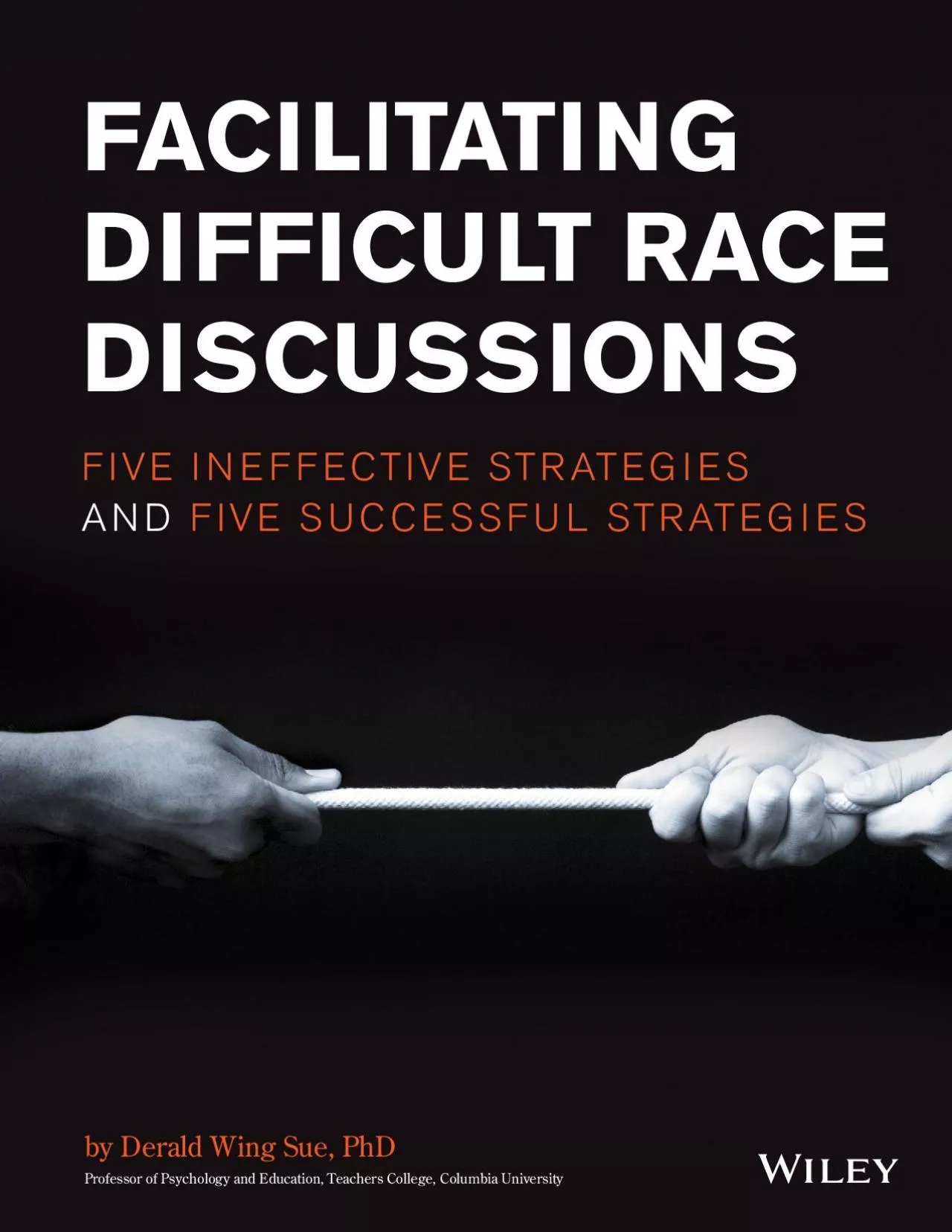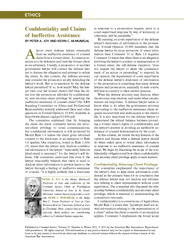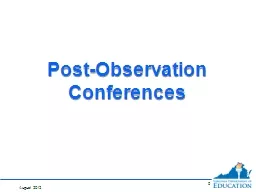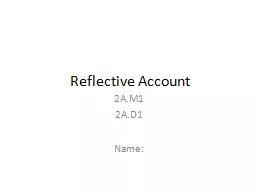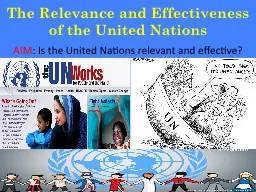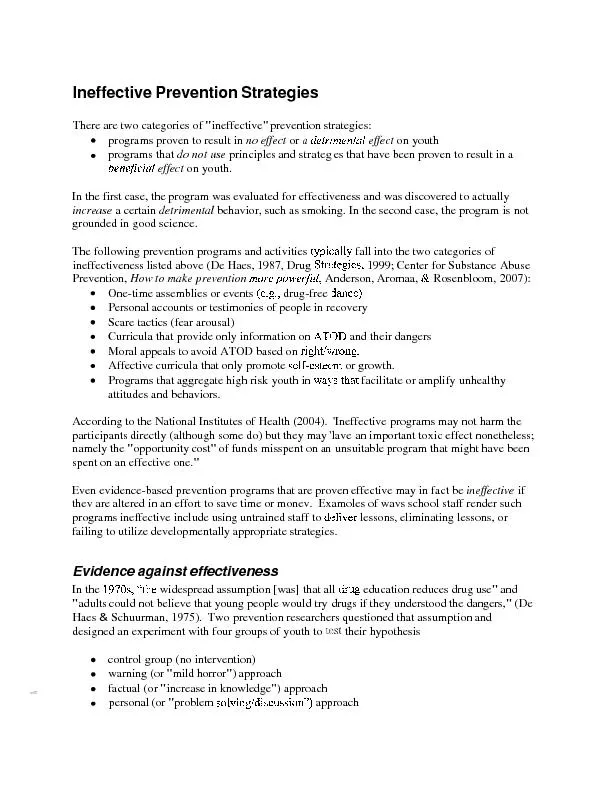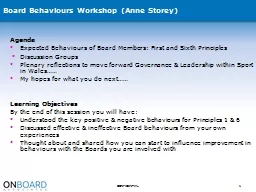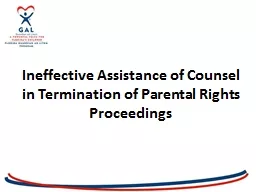PDF-FACILITATINGDIFFICULT RACEDISCUSSIONSFIVE INEFFECTIVE STRATEGIESAND FI
Author : genevieve | Published Date : 2021-09-14
by Derald Wing Sue PhDProfessor of Psychology and Education Teachers College Columbia UniversityRace talk is often not about the substance of an argument but a cover
Presentation Embed Code
Download Presentation
Download Presentation The PPT/PDF document "FACILITATINGDIFFICULT RACEDISCUSSIONSFIV..." is the property of its rightful owner. Permission is granted to download and print the materials on this website for personal, non-commercial use only, and to display it on your personal computer provided you do not modify the materials and that you retain all copyright notices contained in the materials. By downloading content from our website, you accept the terms of this agreement.
FACILITATINGDIFFICULT RACEDISCUSSIONSFIVE INEFFECTIVE STRATEGIESAND FI: Transcript
Download Rules Of Document
"FACILITATINGDIFFICULT RACEDISCUSSIONSFIVE INEFFECTIVE STRATEGIESAND FI"The content belongs to its owner. You may download and print it for personal use, without modification, and keep all copyright notices. By downloading, you agree to these terms.
Related Documents

